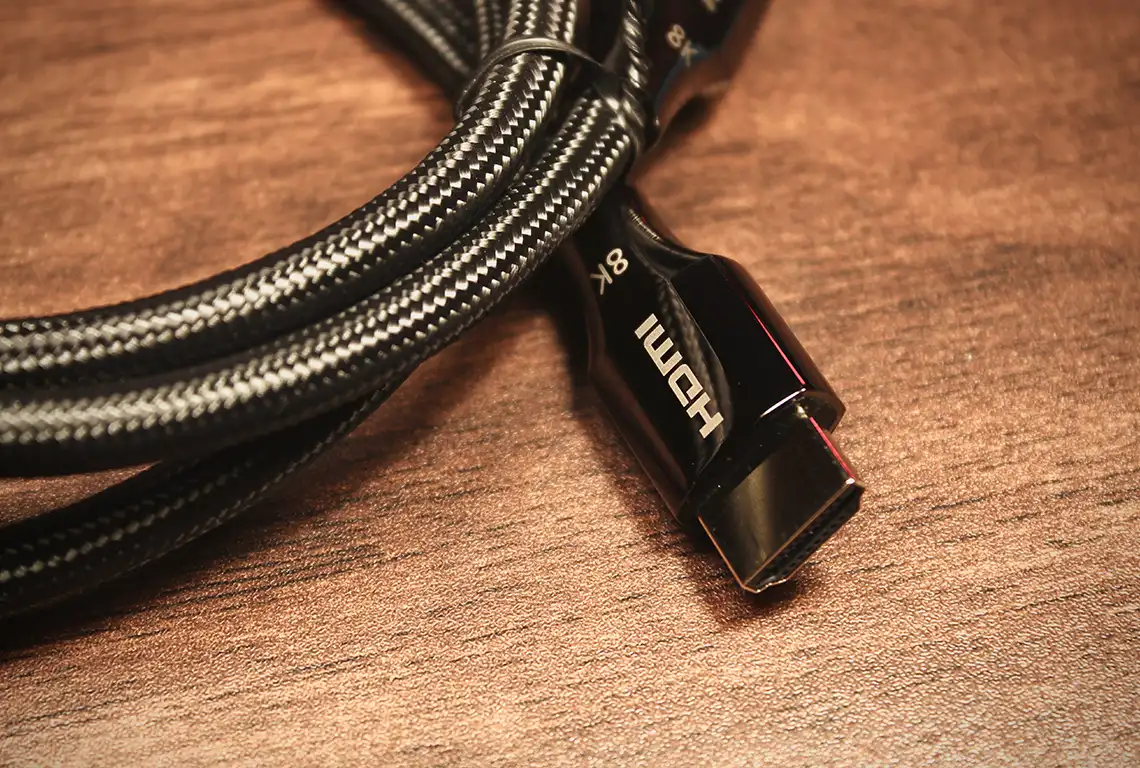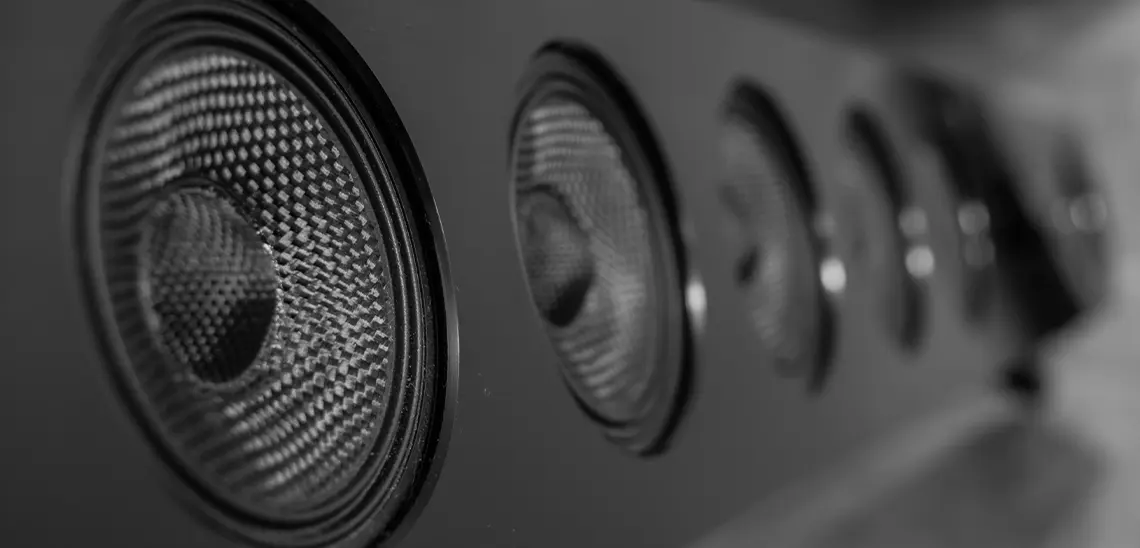HDMI cables are essential to connecting the elements of your new AV system, but they are often overlooked. It’s easy to grab the nearest cable for your media streamer, right? Not anymore: HDMI 2.1 cable standards for newer gaming consoles, televisions, and soundbars will soon render your existing cables obsolete. The new standard provides a higher bandwidth, resolution, and frame rate for all your films, shows, and video games, allowing you to experience more of the action. But how do these cables make such a difference in the viewing experience? Our team at iWired is here to guide you through the how and why of HDMI 2.1 cable standards.

How does HDMI 2.0 operate?
What makes HDMI 2.1 different?

Do I need to buy a new television?
Should I purchase new cables?

What HDMI sources are available?
The PS5 and Xbox Series X mentioned above are currently the most popular HDMI 2.1 sources available. They output signals in 4K/120fps, taking players into the middle of every thrilling battle in games with high frame rates. The Xbox Series X also supports VRR capacity, while PS5 gamers are still waiting for a firmware update. Sony TVs are finally receiving VRR support, leaving PS5 owners hopeful that their turn is coming soon. PC gamers also get to enjoy playing a variety of games with HDMI 2.1 graphics cards.
